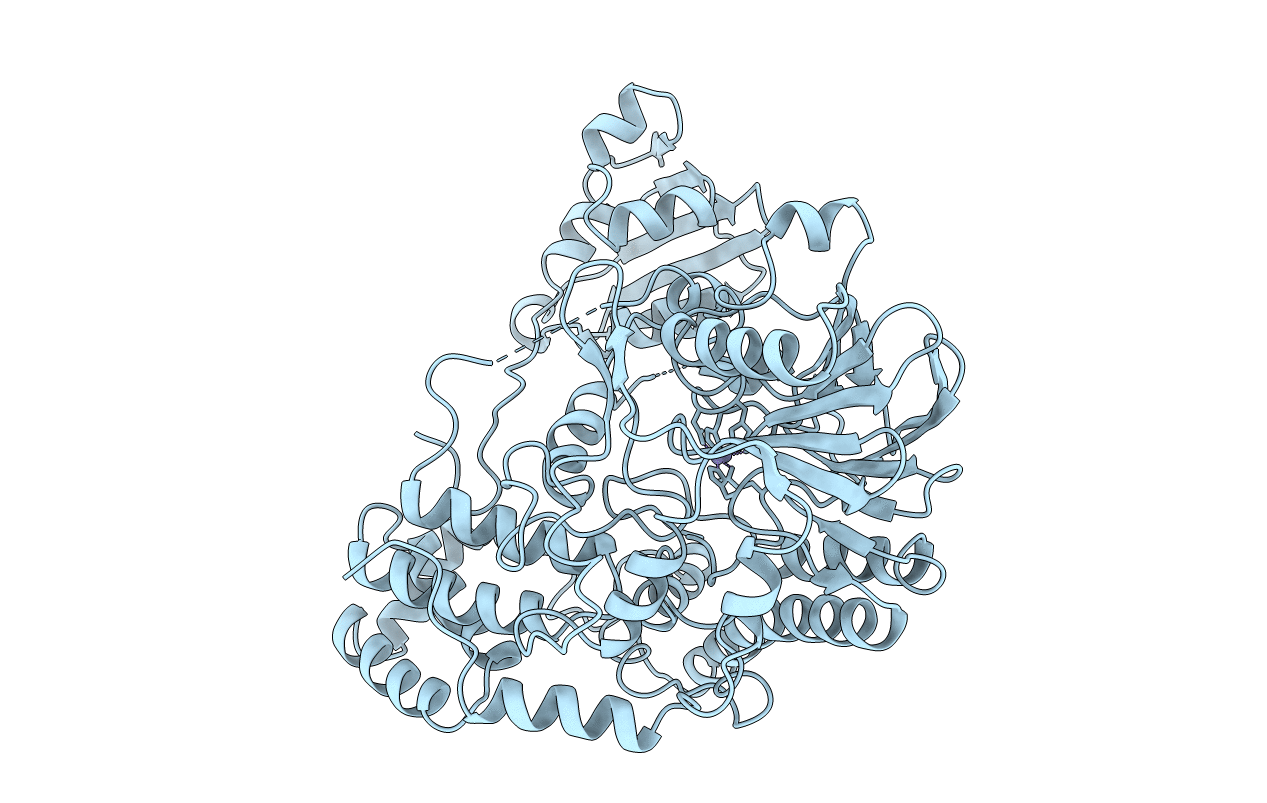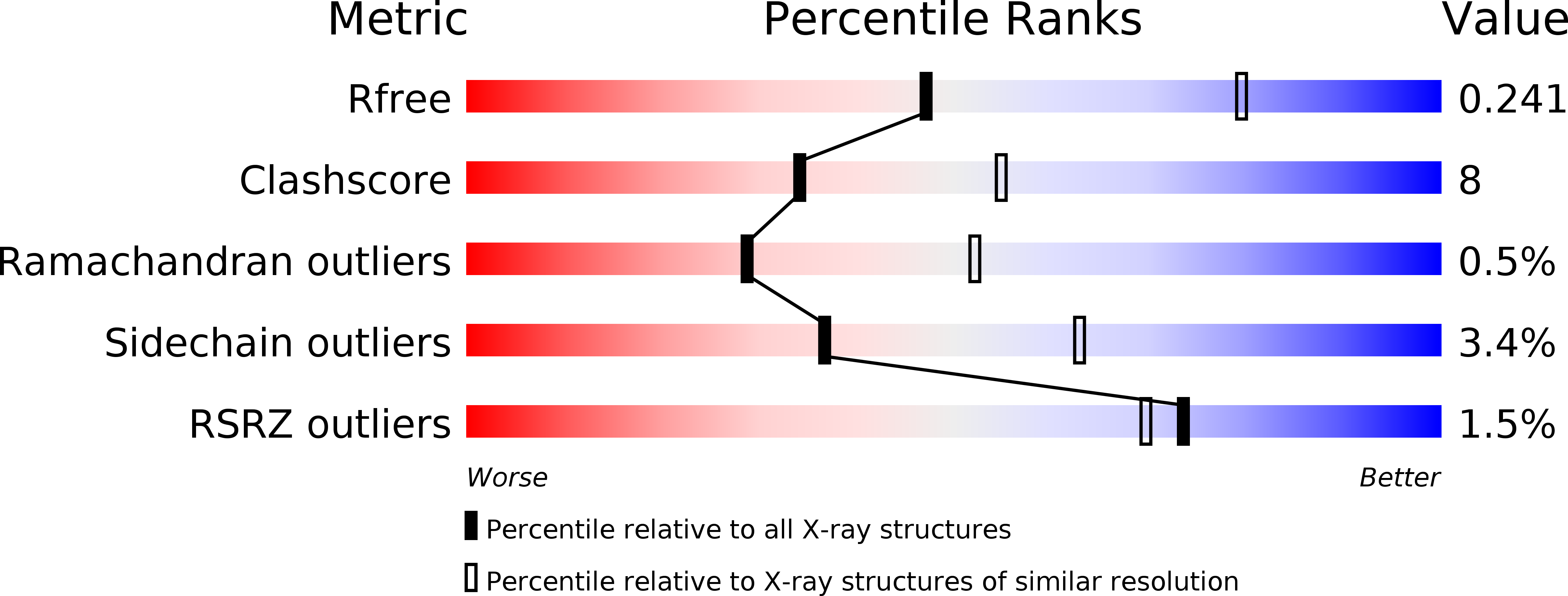
Deposition Date
2006-02-27
Release Date
2006-04-26
Last Version Date
2024-11-06
Entry Detail
PDB ID:
2CG3
Keywords:
Title:
Crystal structure of SdsA1, an alkylsulfatase from Pseudomonas aeruginosa.
Biological Source:
Source Organism:
PSEUDOMONAS AERUGINOSA (Taxon ID: 208964)
Host Organism:
Method Details:
Experimental Method:
Resolution:
2.60 Å
R-Value Free:
0.24
R-Value Work:
0.17
R-Value Observed:
0.17
Space Group:
P 65 2 2


